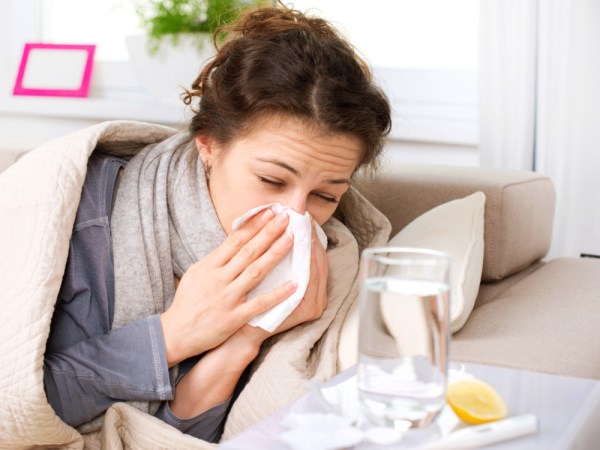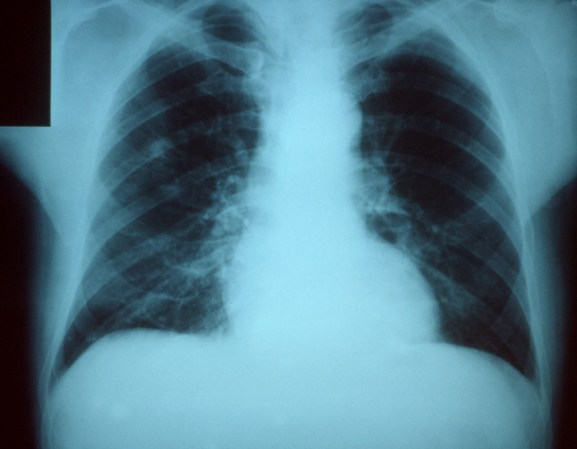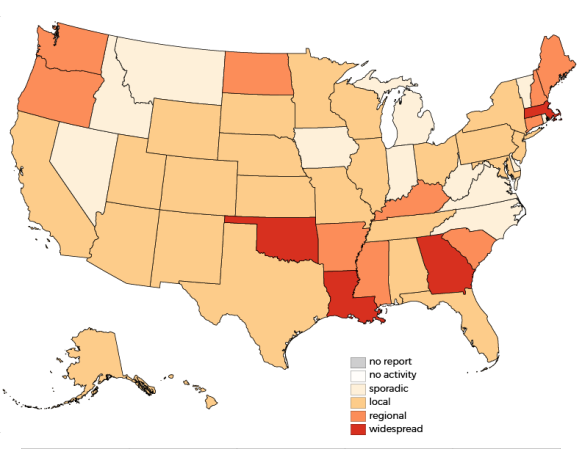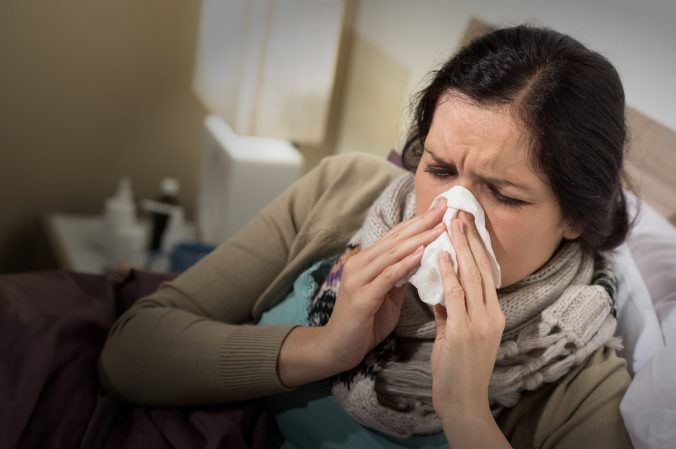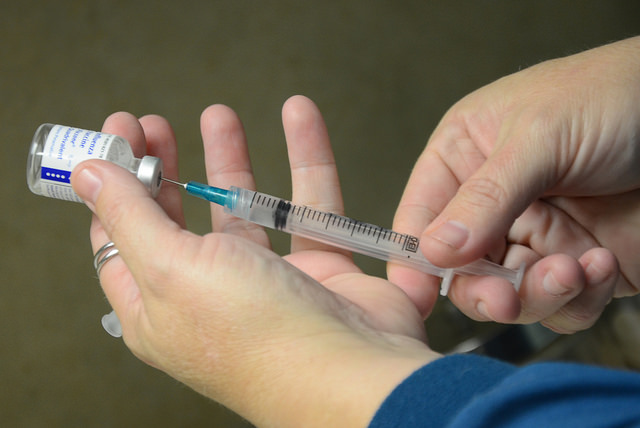

Being chilly doesn’t literally make you catch a cold, no matter what your parents said whenever you left the house with wet hair. But it certainly seems like the coldest season is, well, cold season.
Not all kinds of illness are actually more common when it gets cold out, but we do see an uptick in things like colds and flus and respiratory ailments. Here’s why that is—and what you can do about it.
The flu really does thrive in winter
There’s no doubt that the flu virus somehow thrives in the cold. In the United States, flu activity peaks during the fall and winter. And in the southern hemisphere, the virus packs its nastiest punch during our summer—which is when the weather is coldest in that part of the globe.
As it turns out, the virus is basically designed to jump from person to person when the air is cold and dry. Studies have shown that transmission rates are highest when temperature and humidity are both low. Because cold air naturally holds less water, low humidity comes part and parcel with wintertime. Even when we heat that air up to make our homes cozy, it stays just as dry unless we employ a humidifier.
There are likely a couple factors at play here: cold air might help the flu virus survive longer outside of a human host, making it easier to linger after a cough or sneeze. Studies also suggest that the virus does a better job of circulating in low humidity. An infected individual exhales virus encased in tiny water droplets, and those droplets evaporate more quickly if the air is dry and desperate to leach moisture from any source. If the flu droplet shrinks fast enough, it can become so light that it circulates around in the air instead of falling to the ground.
Solution: Get a flu shot (it’s not too late!), use hand sanitizer if you’re sick or hanging out with sick folks, use a humidifier
You’re spending more time indoors
Speaking of all that gross, dry heat, you’re also more likely to get sick simply because you’re spending more time inside. That means you’re physically close to other people more often, breathing the same circulated air. Offices and schools are particularly treacherous. One 2014 study found that a pathogen placed on a single doorknob could essentially infiltrate an entire office building within a matter of hours. Surfaces in the break room were particularly vulnerable to the spread of viruses.
In this case, the only offense is a good defense. Try to be mindful of what you’re touching and who else might have touched it, and practice good hand washing (or hand sanitizer use) between touching potentially germy surfaces and touching your face or food.
Solution: Try to work from home when sick, use hand sanitizer after touching shared surfaces (especially in the work kitchen and bathroom), remind your kids to keep their hands (and boogers) to themselves
Cold doesn’t make you sick, but it does make you more vulnerable to illness
In addition to making it easier for the flu virus to circulate, cold, dry air leaves your mucus membranes in rough shape. That’s why respiratory illness sees a general uptick in the winter: mucus is supposed to coat your respiratory system to protect it from pathogens, and wintry air dries that beneficial snot right up.
Seasonal changes also cause allergies to flare up as we’re exposed to different kinds of pollens and dander. When your nose is running and your throat is all itchy, your mucus membranes are irritated and vulnerable—which makes it easier for an opportunistic virus to make itself at home. Persistent allergies can also lead to secondary bacterial infections in your throat or sinuses.
There’s also some evidence that our immune systems might take a hit in winter, whether it’s due to the cold itself or the lack of sunlight.
Solution: Get a humidifier, treat your allergies diligently to keep your mucus membranes happy, maintain good health by getting plenty of exercise, sleep, sunlight, and nutritious food
If you’re already sick, well, sorry. Here’s our guide to cold remedies that actually work.
